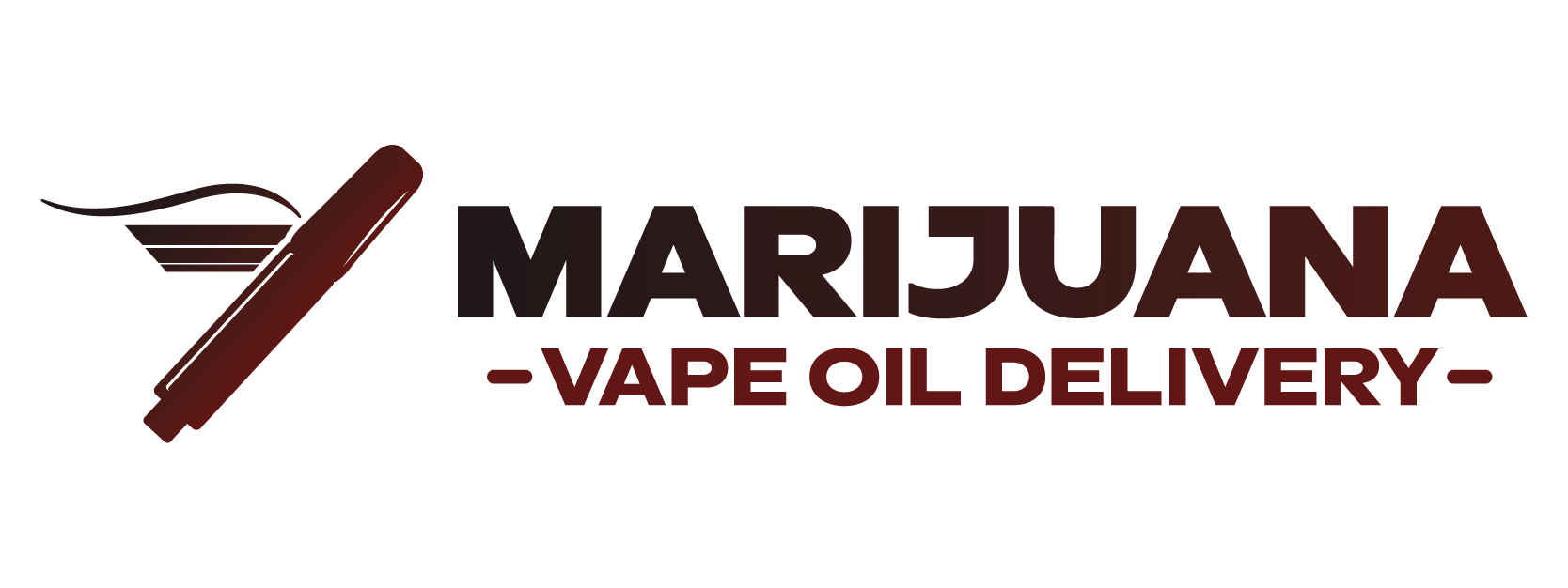The rapid ascent of cannabis vape oil prompts a compelling question—will the market continue its upward trajectory or begin to sputter? Industry signals and expert forecasts offer a nuanced outlook.
Market Momentum and Expansion
Recent figures suggest the cannabis vaporizer segment is not just steady—it’s accelerating:
- In 2024, global cannabis vaporizer revenue stood at approximately $6.29 billion; projections estimate a leap to $34.68 billion by 2037—an impressive 14.9 % CAGR.
- In the U.S. alone, vape oil sales in 2024 reached $1.73 billion, with expectations to nearly double to $3.68 billion by 2030, growing at 13.4 % CAGR.
- Parallel segments are also surging: the broader cannabis oil sector is projected to soar from $1.32 billion in 2024 to $23.7 billion by 2033—suggesting a 37.9 % CAGR.
These figures signal sustained momentum. Far from reaching maturity, the mainstream market appears poised for continued rapid expansion.
Drivers of Growth
Multiple forces are fueling the ongoing boom:
- Legalization wave – As cannabis laws ease globally, accessibility and legitimacy of vape products increase. North America continues to dominate over 35–40% of consumption with new U.S. and Canadian legal frameworks.
- Shift in preferences – Consumers are favoring discreet and portable vape devices over traditional smoking. In the U.S., portable vape pens remained the top revenue segment in 2024 and continue to expand.
- Innovation boom – The rise of full-spectrum and organic oils, nano-emulsified tinctures, THC-free blends, water-soluble formats, and smart, Bluetooth-enabled cartridges all mark a highly innovative product landscape.
Read More: From Pod Mods to Vape Pens: Why Millennials & Gen Z Dominate the Cannabis Vape Market
Regulatory & Market Risks
Despite the optimism, several caveats cannot be ignored:
- Price volatility — Wholesale cannabis prices across U.S. states have fluctuated roughly 21% in 2025, affecting profit margins.
- Illicit markets — The still-persistent black market continues to undercut legal vape oils on price, quality, and availability. While legalization combats this, significant illicit share remains.
- Health and regulatory scrutiny – Past crises like the 2019–20 EVALI outbreak underscore the need for rigorous testing and compliance. Legal markets with standardized lab protocols may gain further trust—but also face evolving regulation.
Long-Term Expectation vs. Potential Stall
Broad forecasts paint a bullish scenario: cannabis extract, oil, and vape domains expect double-digit CAGRs through the early 2030s—including 18%+ growth for extracts and 23.4% in cannabis-infused products.
However, intensifying regulatory headwinds, supply chain shocks, and public sensitivities to vaping safety may pose headwinds. Market saturation, pricing pressure, or new taxes could erode margins or slow momentum.
What Lies Ahead?
- Continued product innovation – Expect more targeted formulations (micro-dosing, hybrid cannabinoids), eco-friendly cartridges, and improved delivery tech.
- Regulation as a double-edged sword – While stricter testing boosts legitimacy and safety, it could also raise operational costs and slow new product launches.
- Market diversification – Growth will likely shift toward regions like Europe, Latin America, and Asia-Pacific, spurred by rising legalization.
- Maturation and stabilization – As vape oil becomes mainstream, growth rates might taper—but a large, stable base remains well ahead.
Final Take
Inquisitively weighing signs, the future for cannabis vape oil appears bright yet complex. Backed by strong market fundamentals, easy portability, and R&D innovation, the industry is set for growth. But shadows from pricing turbulence, grey-market competition, and health/regulatory uncertainty signal potential pit-stops along the way. Whether it rockets ahead or plateaus, market watchers agree: the next few years will rewrite the trajectory of vape oil adoption—and the most agile brands and regulators will shape what “normal” looks like.
